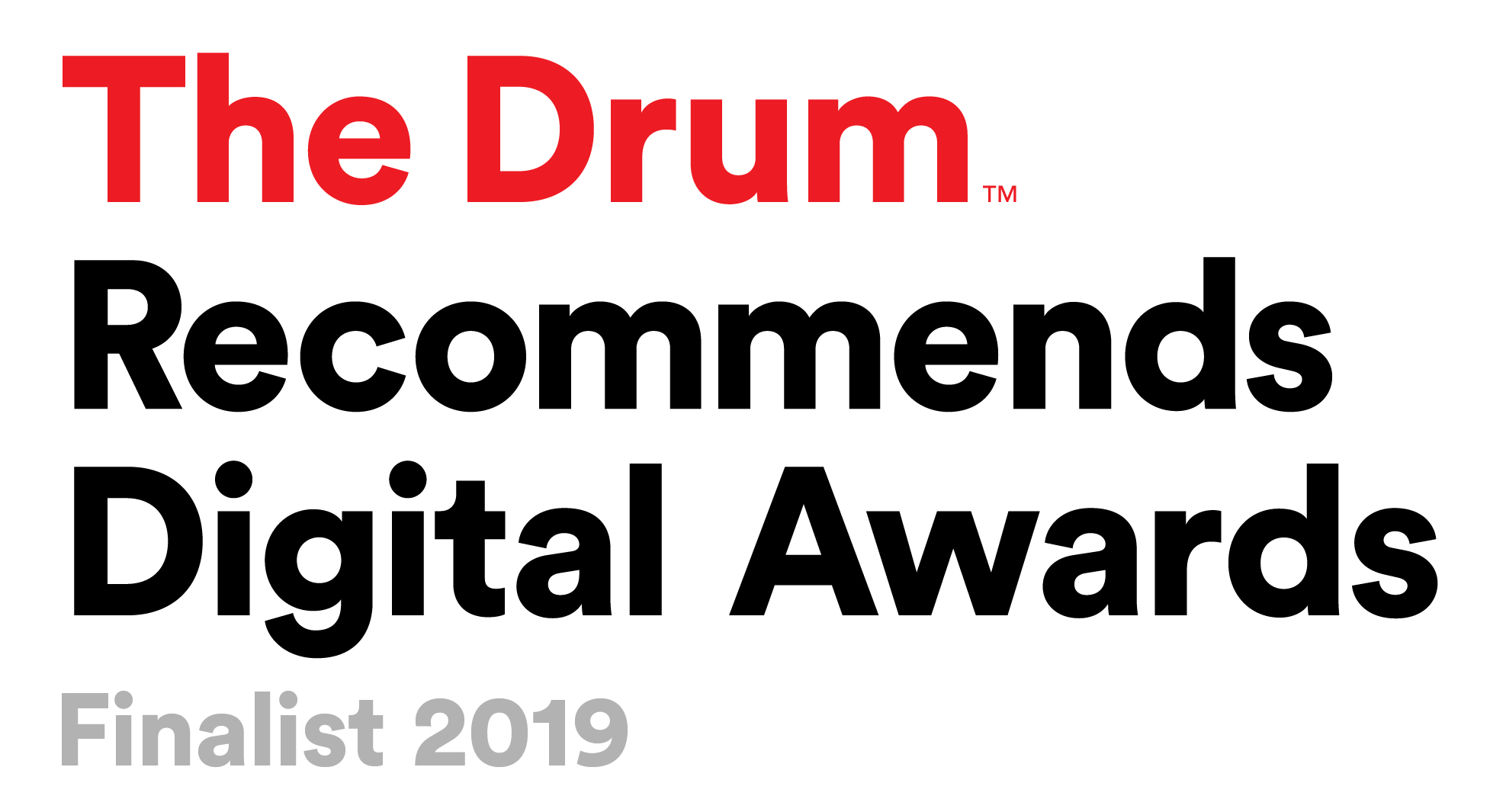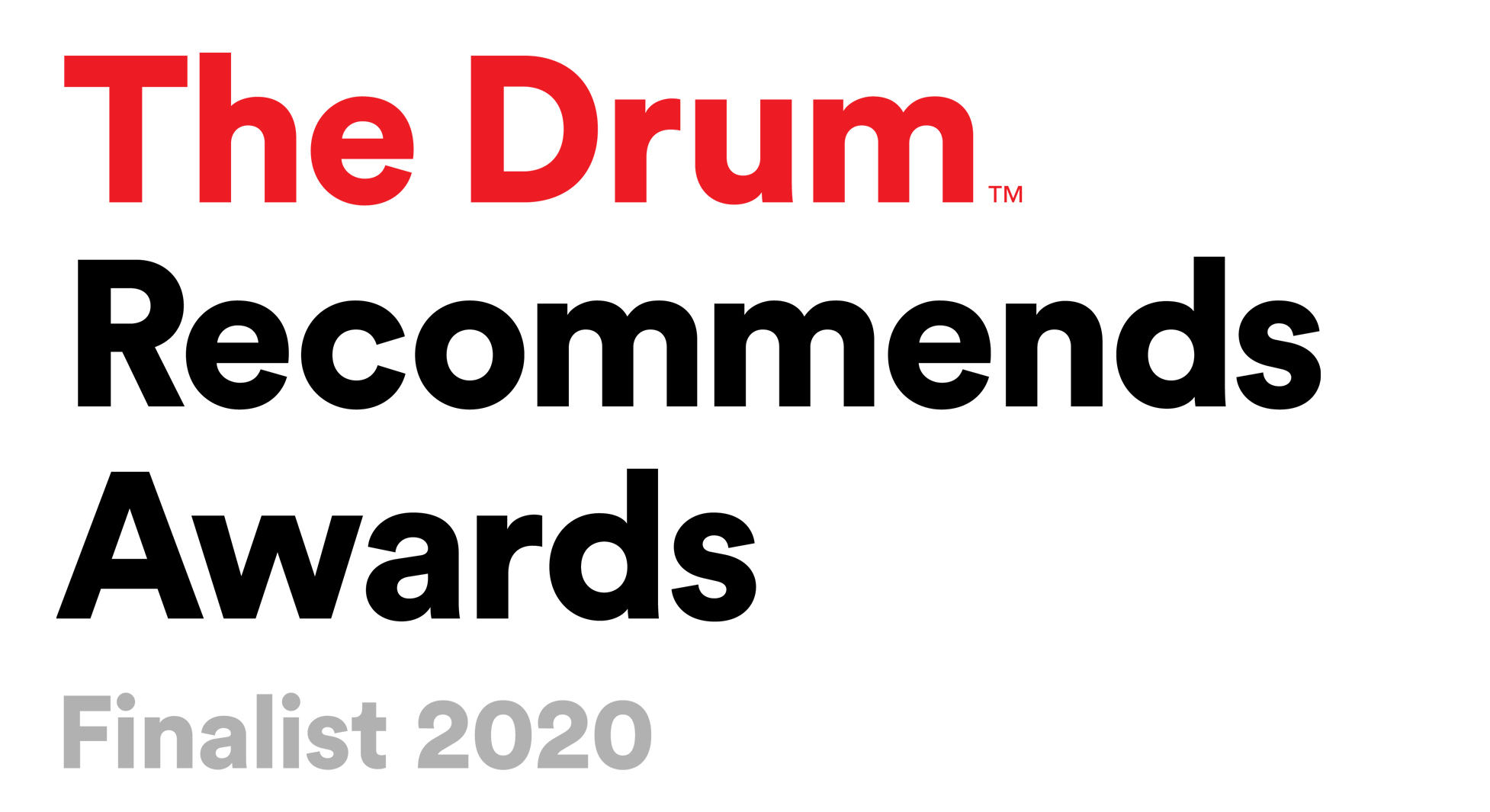
According to a new report from Ofcom, the number of people watching broadcast TV each week has had the sharpest fall since records first began. With streaming services growing in popularity daily, public service broadcasters have seen the number of viewers each week decline from 83 percent in 2021 to 79 per cent in 2022, according to the UK’s communications regulatory body.
Ofcom’s Media Nations 2023 report also revealed that the average time spent watching broadcast TV per person per day fell from 2 hours 59 minutes in 2021 to 2 hours 38 minutes in 2022.
Public service broadcasters (PSBs) such as BBC One and ITV1 remained dominant in the most-watched list, with the research suggesting that the public recognises these channels deliver ‘broadcast events that bring the nation together for a shared viewing experience’, with England’s quarter-final match in the FIFA World Cup, the State Funeral of the Queen and the Queen’s Platinum Jubilee being the most watched programmes in the UK in 2022.
The broadcast TV watchdog’s report also noted a major shift in the broadcast TV landscape, with the decline in the number of TV programmes that attract mass audiences, and the number of shows that gained over four million viewers has more than halved in the last decade, demonstrating that there are far fewer people watching early and late evening TV news bulletins, as well as a decline in viewer figures for the UK’s most popular soaps.
According to the report, a mere 48 programmes managed to find an average audience of over four million on streaming platforms in 2022, with Netflix having the vast majority of those.
Yih-Choung Teh, group director of strategy and research at Ofcom, said: “Today’s viewers and listeners have an ‘all-you-can-eat’ buffet of broadcasting and online content to choose from, and there’s more competition for our attention than ever.”
Teh said that the UK’s traditional broadcasters have had steep declines in viewing numbers for their scheduled live programmes, particularly among what were typically loyal older audiences but he added that despite this, PSBs are still unrivalled in bringing the nation together during important cultural and sporting events.
But what does this mean for advertisers?
Declining viewing figures might sound more like a reason to start thinking about advertising elsewhere, and getting your advert aired during peak viewing times seems like an impossible task, never mind an expensive investment.
But with the average viewer watching over 2 and a half hours of commercial broadcast TV every day, broadcast TV accounts for 84 per cent of all video advertising, dominating the audio-visual market, and TV advertising is by far and away the most trusted medium, with 35 per cent of UK survey respondents placing it at the top, followed by newspaper advertising with 19 per cent.
Brands looking to advertise regionally can also leverage SkySmart to help target audiences in different locations, different ages, lifestyles, and many other demographics, by using marketing data to advertise to smaller, targeted audiences in cities, towns, or even specific postcodes.
Platforms such as Sky and Channel 4 even provide a bespoke service that can allow smaller brands to gain access to premium viewing environments, and not only broadcast television but video-on-demand (VoD) services too.
Broadcast TV adverts can’t be skipped, they run full screen, aren’t fighting for attention on a busy webpage, and aren’t subject to internet ad-blockers. TV advertising has been creating viral sensations since long before the internet age coined the term viral video and still creates discussion among people as we ask each other if we’ve seen the latest advert for a particular brand or product.
TV advertising can deliver a huge advantage to your brand, driving market share, building trust, and providing scale and reach. Brands can buy the exact number of ratings/viewers they need, and target specific audiences, whether it’s Love Island fans, or families gathered around the TV to watch Saturday evening entertainment.
The advantages of TV advertising
Reach – No other kind of media is able to provide the same reach with a single advertisement. TV advertising can reach huge audiences frequently and quickly, as much as 70 per cent of the UK population in one day. While there is a growth in people watching TV and film via tablets, computers and smartphones, none are as ubiquitous as the living room TV, and with many UK households owning more than one TV, that reach increases.
Influence – Television, compared to other video marketing platforms, has one of the highest engagement rates. According to data from the websites of organisations that use TV advertising, TV ads contribute to around 35 per cent of all visits to the number of all website visitors. TV advertising has retained an air of prestige and quality that other channels are unable to meet.
Audience targeting – Targeting a specific audience has been utilised by TV advertising for a long time. TV ads are shown at certain times of day, on certain channels, and during certain shows to ensure they are being shown to the right audience. This has become even more sophisticated with the advent of Sky AdSmart and targeted advertising has become even more integral to TV advertising.
Captive Audiences – While there is a certain amount of ad-skipping in VoD and recorded TV, and viewers are free to get up and pop the kettle on or visit the bathroom during ad breaks, the majority will stay in their seats, and even if only passively, they will be exposed to your adverts. In the case of recorded TV, if adverts are skipped, the brand will not be charged. Many VoD platforms are now including adverts before the show or film they want to watch, and some have now implanted unskippable ads that have to be watched in order to view the on-demand content.
Building trust and Legitimacy – It can take time, effort, and cost to develop a TV advert that is suitable for a wide audience, but the engagement and trust inferred by TV over other platforms provide a great ROI. TV also can establish a greater sense of legitimacy, trust, and recognition of your brand than other platforms.
Are you convinced about the power of TV advertising yet?
When it comes to video advertising, TV is the most widely viewed medium and has become home to many small and medium-sized brands, who are easily able to find a place among the traditional TV advertisers and larger brands.
If you’re looking to take advantage of TV advertising to promote your brand, product, or services, and looking for expert advice and help, talk to Tonic today!



0 comments
Write a comment